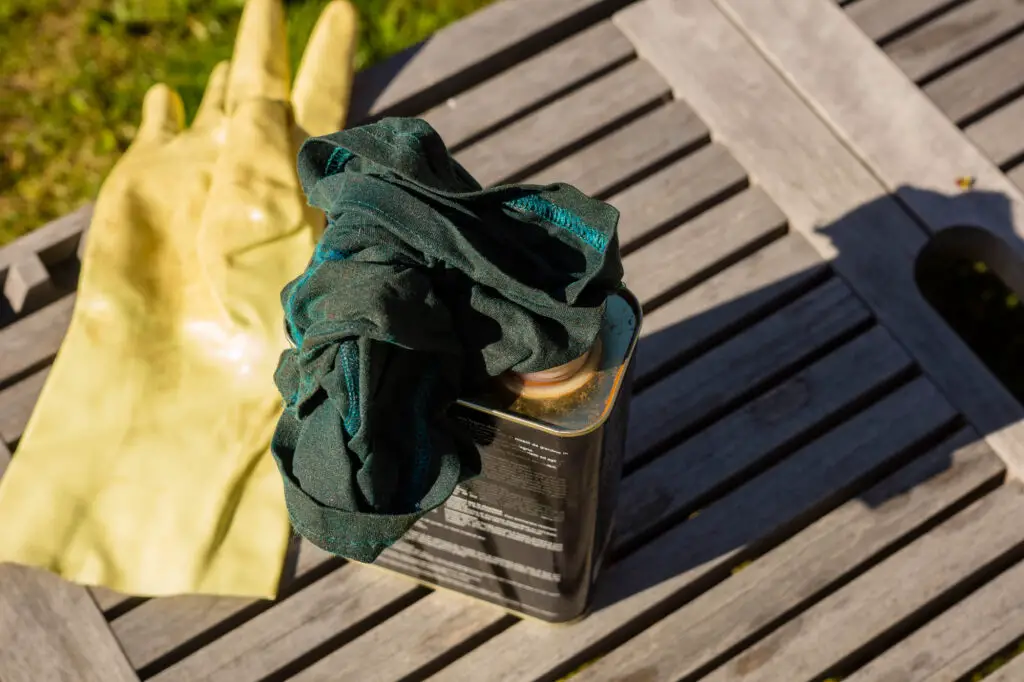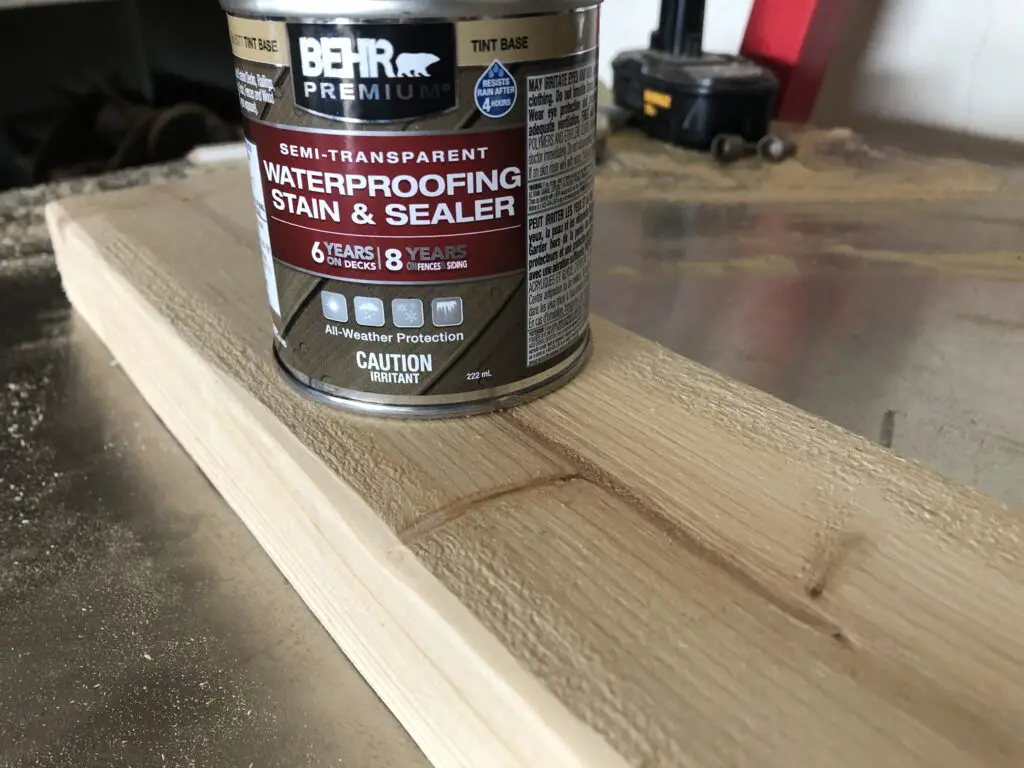When it comes to woodworking, an essential factor that you want in the final product is an appropriate tone of the wood. Whether it is to match a specific decor theme or simply to match your personal aesthetic, the importance of the color or hue of the wood can undoubtedly be understood by woodworkers of all skill levels.
One common question that is asked is whether or not red tones in wood can be neutralized.
If that is one of your burning questions, you are in luck — we have it right here for you! Some wood, such as red cedar or red oak, can be challenging to match with the rest of your decor due to its striking redness. Neutralizing or lightening up the red tones can make a world of difference!
This can be done by choosing a stain or finish with slight greenish tones to counteract the natural red tones in the wood. Another method could be to use chemicals to bleach the wood in order to lighten it.
How to Get Red Tint Out of Wood?
The most effective way to get the red tint out of wood is by applying pure green. This can best be done by adding green color to a stain or tint before using that over the project’s surface. This effectively neutralizes some of the red colors while also adding a layer of protection to your finished workpiece.
Another effective method to remove the red color from wood is by bleaching it. There are various solutions offered online as well as purchasable options from retailers such as your local hardware store. Similar to applying stains, this will take the red tone out of the wood. However, bleaching does not offer the same protective qualities as a stain or tint. This may be a better option for those that do not wish to apply a stain to their finished workpiece.
How To Get Red Stains Out Of Wood?
Whether they are stains from food or a chemical reaction with the wood, there are instances where unnatural red stains can form on the workpiece — this redness is different than the natural red color of some species.
While you can try the methods above to remove or neutralize these stains, there is a much simpler solution at hand: vinegar! Create a solution of warm water and vinegar and apply to the stained area with a sprinkling of baking soda, creating a paste. After letting it settle in and go to work on that stain, wipe it away with a cloth. You can repeat this process until the stains have disappeared.
Which Woods Have a Reddish Color?
Several kinds of wood contain a natural red hue. While the vibrant and shades may vary, these all contain an unmistakably red color.
These woods are:
- Bloodwood
- Sapele Wood
- Brazilian Cherry Wood (Jatoba)
- Bubinga Wood
- African Padauk
- Redwood
- Red Oak Wood
- Red Alder Wood
Can Stains Cover a Red Tint?
Stains are an effective way to cover a red tint of the wood. A dark stain such as ebony or espresso will likely go a long way toward covering up the red, but there is a possibility of still seeing a hint of red. The best bet is to add some green tint to the stain as mentioned above.
If you want to completely cover the red, then painting the workpiece is also an option, but then you will lose the natural look of the wood.
What Shade of Green Should I Use When Neutralizing Redwoods?
While green is across from red on the color wheel, it is essential to note that no green will be completely effective at lessening the vibrant red color of redwoods.
You might think brighter shades like lime or neon green will work to cancel out the red, but they don’t actually work as well as a darker green. There is less contrast between a lime or neon green and the red hue of the wood.
Instead, it would be best if you opted for much darker tones, such as hunter or forest green, as that will create a better blend between the two colors while effectively diminishing the red hue.
Why Should I Consider Neutralizing My Red-hued Wood?
While having red-hued wood products in your home are a nice thing to have, there can be various reasons to consider getting rid of the red color. In some cases, the red may be too vibrant and a strain on your eyes! While in other cases, it may simply stand out awkwardly when paired with the other pieces of decor in your home.
Sometimes, all it takes is neutralizing the red by just a little to make your finished workpiece look exactly how you imagined.

